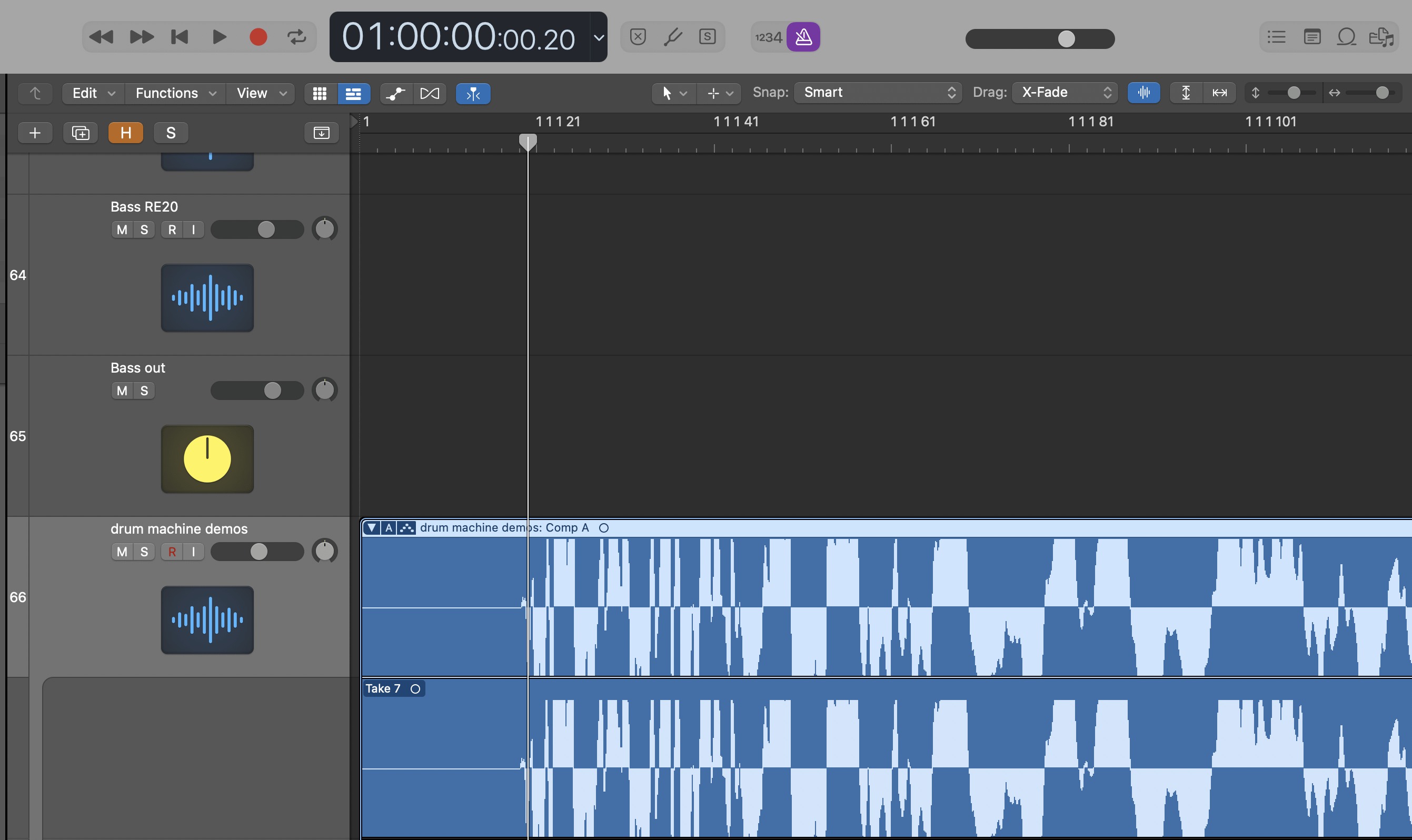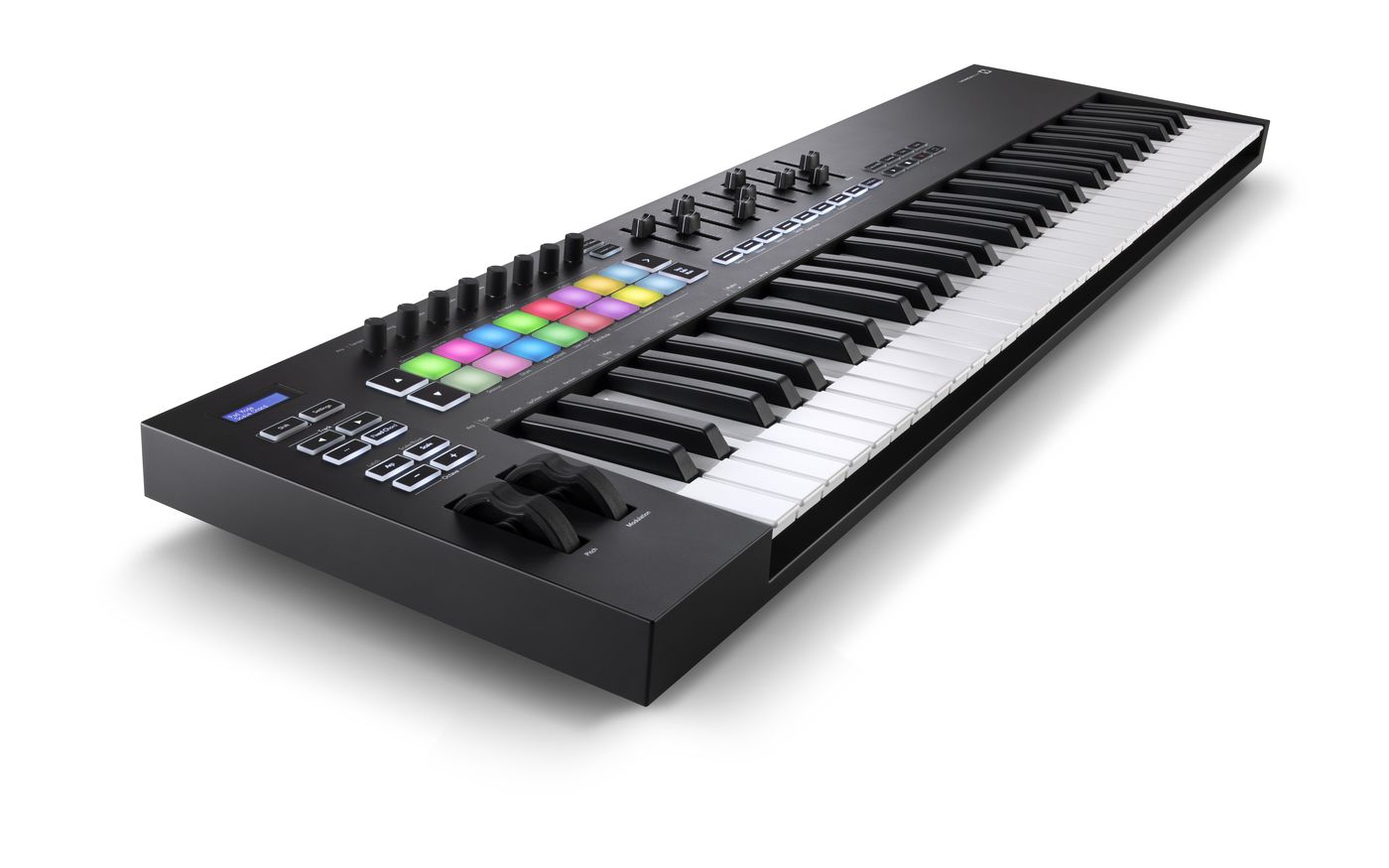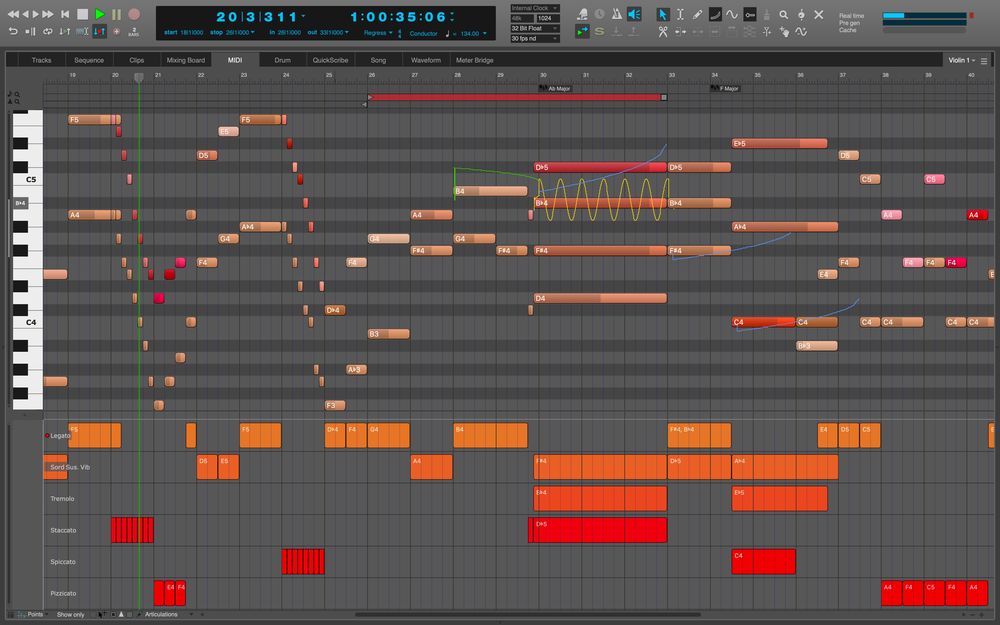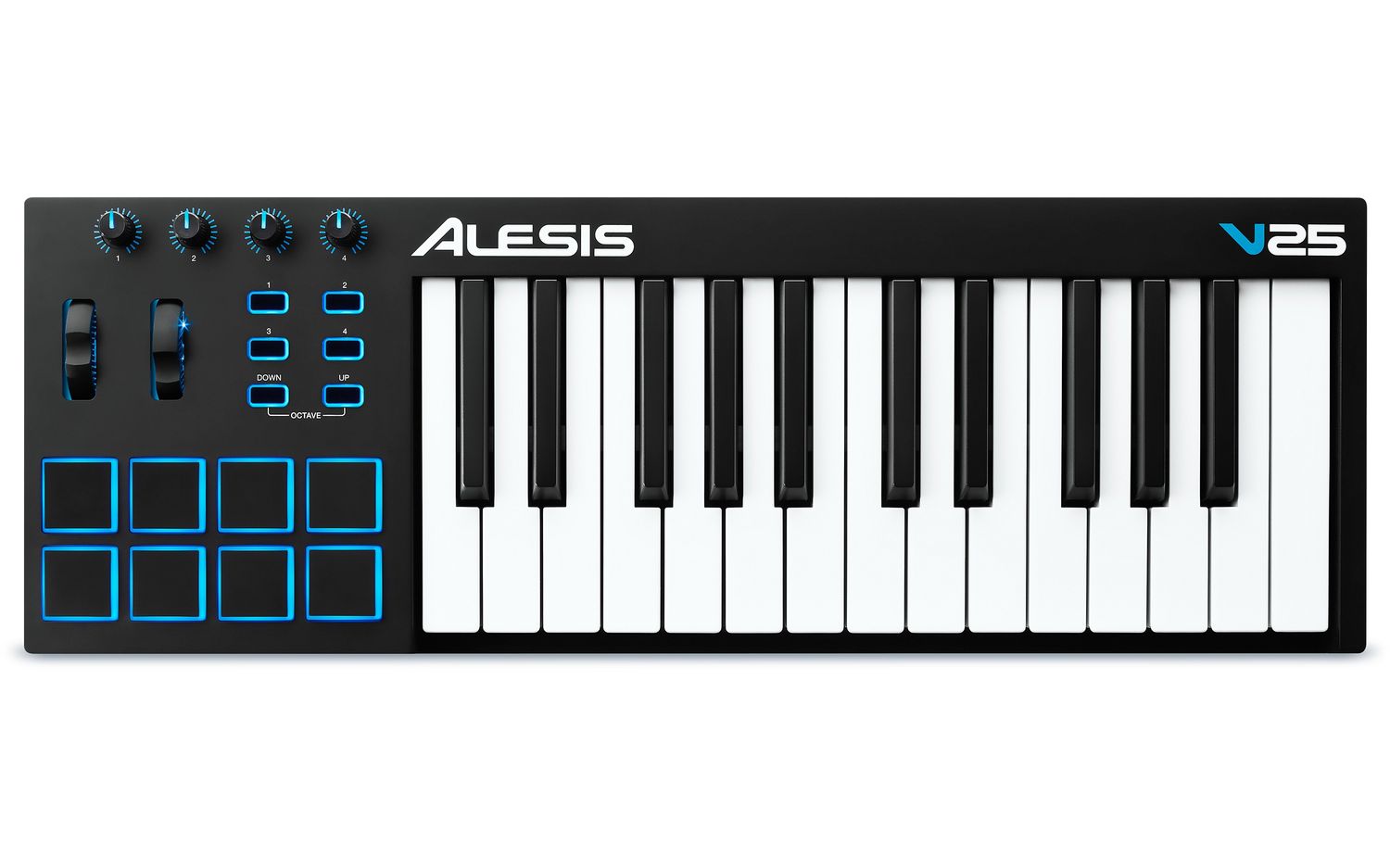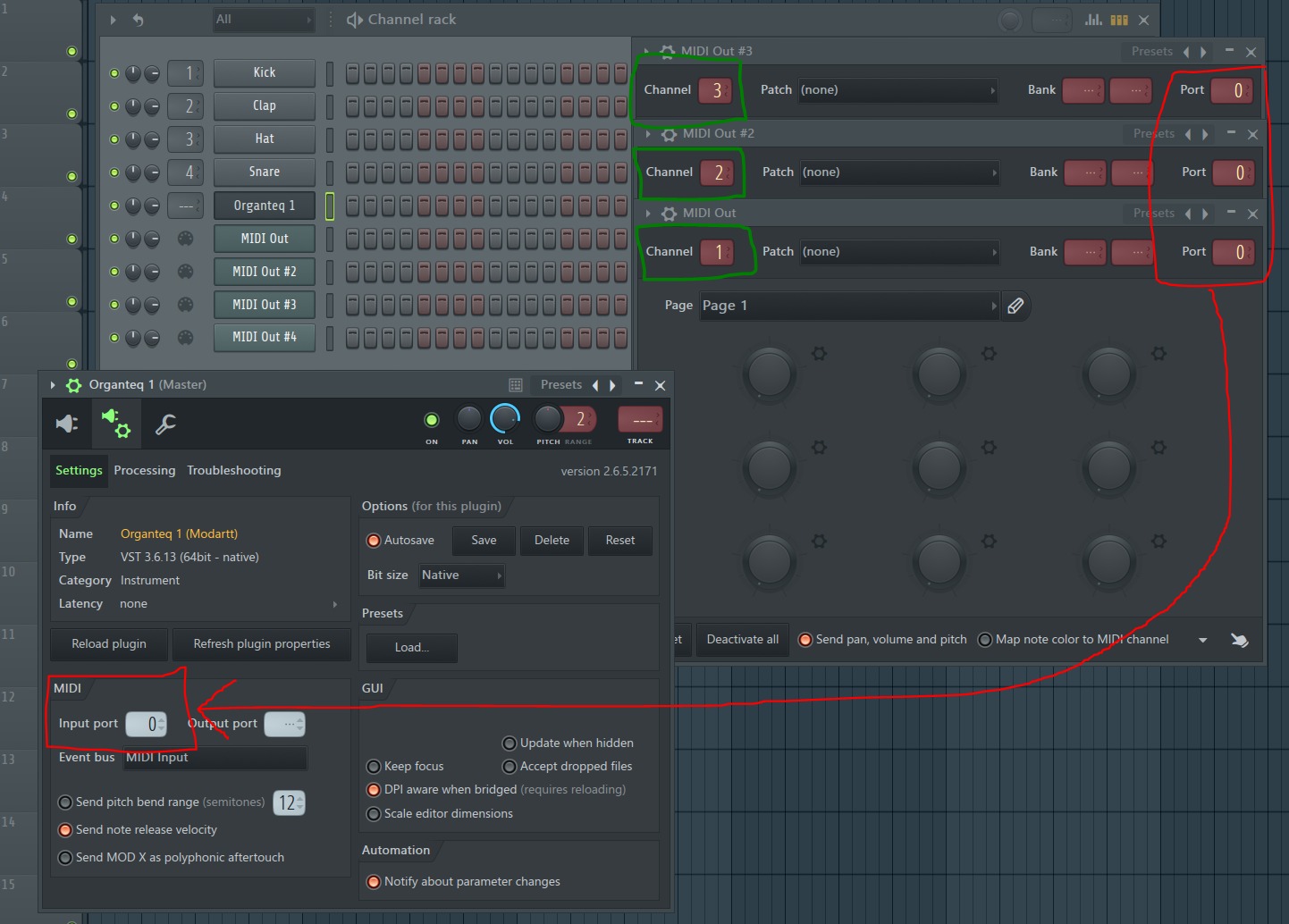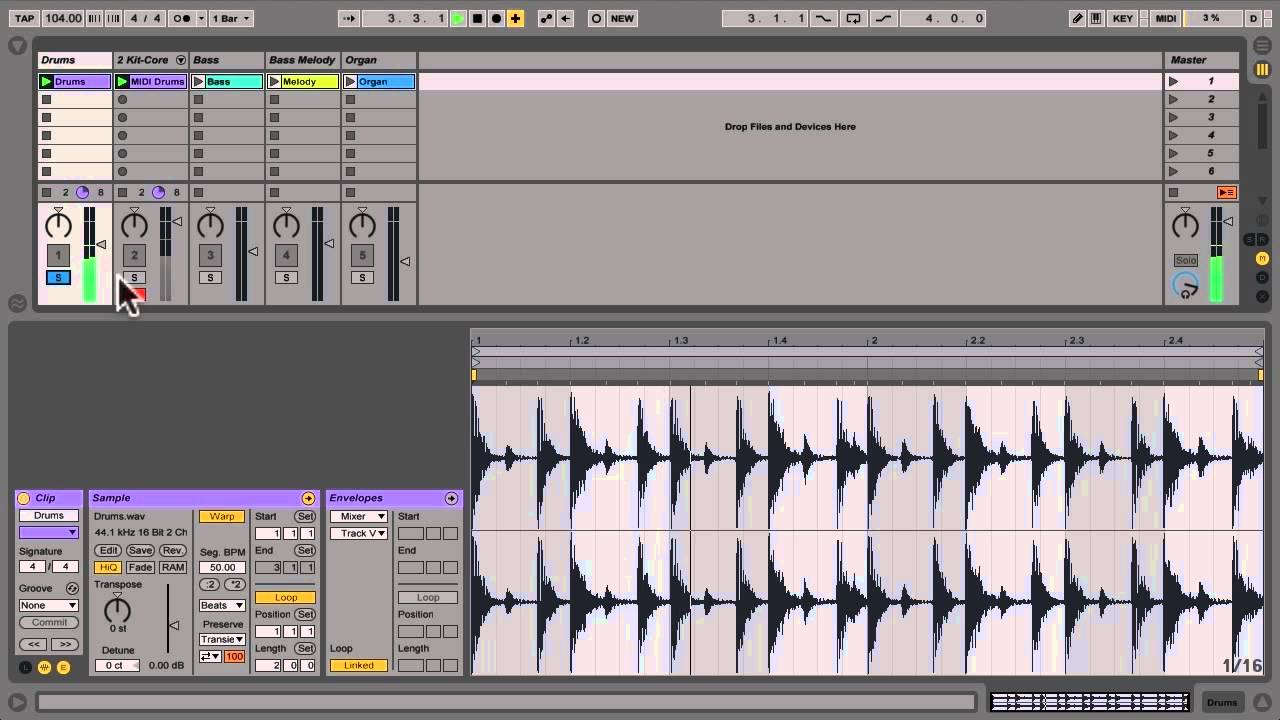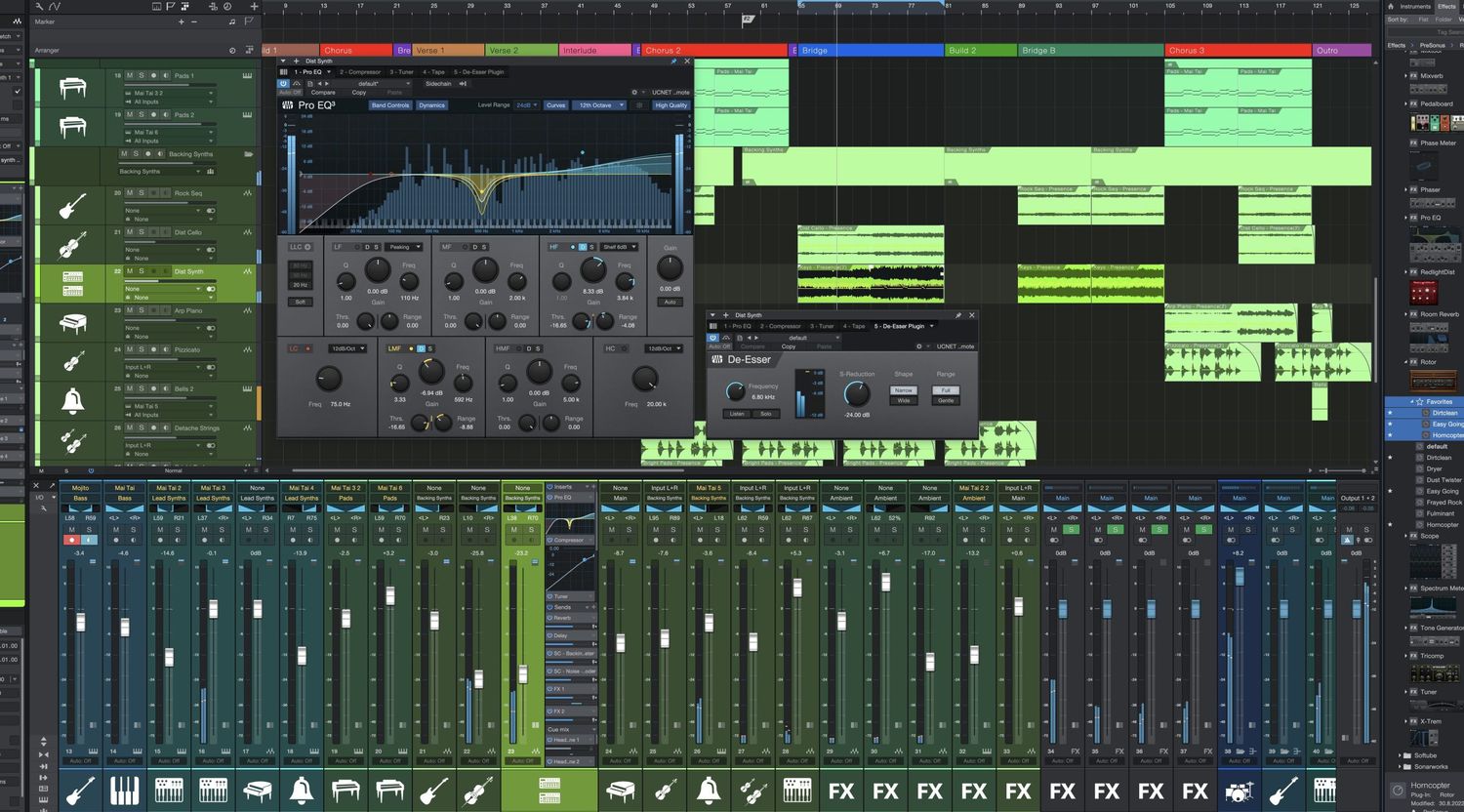Home>Production & Technology>MIDI>How To Turn Audio Into MIDI In FL Studio


MIDI
How To Turn Audio Into MIDI In FL Studio
Published: February 19, 2024
Learn how to convert audio to MIDI in FL Studio with our step-by-step guide. Transform your music with MIDI editing and manipulation.
(Many of the links in this article redirect to a specific reviewed product. Your purchase of these products through affiliate links helps to generate commission for AudioLover.com, at no extra cost. Learn more)
Table of Contents
Introduction
Audio to MIDI conversion is a powerful tool for musicians and producers, allowing them to transform audio recordings into MIDI data that can be manipulated and edited with precision. This process opens up a world of creative possibilities, enabling users to extract melodies, harmonies, and rhythms from audio sources and use them in new compositions. One of the most popular digital audio workstations (DAWs) for this purpose is FL Studio, renowned for its versatility and user-friendly interface.
In this article, we will delve into the intricacies of turning audio into MIDI in FL Studio. Whether you're a seasoned music producer or a budding enthusiast, understanding this process can revolutionize your approach to music creation. By harnessing the capabilities of FL Studio's audio to MIDI conversion features, you can breathe new life into your existing audio recordings and explore innovative ways to manipulate and recontextualize musical ideas.
Join us as we explore the step-by-step process of setting up FL Studio for audio to MIDI conversion, executing the conversion itself, and fine-tuning the resulting MIDI data. By the end of this journey, you'll have a comprehensive understanding of how to leverage FL Studio's tools to seamlessly transition from audio to MIDI, unlocking a world of creative potential in the realm of music production. Let's embark on this exciting exploration of audio to MIDI conversion in FL Studio and discover the boundless opportunities it presents for musical expression and innovation.
Understanding Audio to MIDI Conversion
Audio to MIDI conversion is a transformative process that holds immense significance in the realm of music production and composition. At its core, this conversion involves the extraction of musical information from audio recordings and the representation of that data in MIDI format. This conversion grants users the ability to manipulate and recontextualize musical elements with unparalleled precision, fostering a dynamic and innovative approach to music creation.
The fundamental concept behind audio to MIDI conversion lies in the analysis of audio signals to identify and transcribe essential musical components such as pitch, timing, and dynamics. By discerning these elements within an audio recording, the conversion process translates them into MIDI data, which comprises note and timing information that can be edited and rearranged to suit the user's creative vision.
One of the key benefits of audio to MIDI conversion is its capacity to extract melodic and harmonic content from audio recordings, providing users with a wealth of musical material to explore and integrate into their compositions. This capability is particularly valuable for repurposing existing audio tracks, extracting memorable melodies, and experimenting with different musical arrangements.
Furthermore, audio to MIDI conversion facilitates the isolation and manipulation of individual musical elements within a recording, offering users the flexibility to modify and enhance specific components of a composition. This level of granularity empowers music producers and composers to refine their creative ideas and explore innovative sonic possibilities.
In the context of FL Studio, understanding audio to MIDI conversion entails grasping the intricacies of how the software analyzes audio input and generates MIDI output. FL Studio's robust algorithms and intuitive interface streamline the process of converting audio to MIDI, providing users with a seamless and efficient workflow for harnessing the creative potential of their audio recordings.
As we delve deeper into the technical aspects of audio to MIDI conversion and its application within FL Studio, we will uncover the nuanced methodologies and tools that enable users to unlock the full expressive potential of their music. By comprehensively understanding the intricacies of this conversion process, users can harness its transformative power to breathe new life into their musical endeavors and embark on a journey of boundless creativity.
Setting Up FL Studio for Audio to MIDI Conversion
Setting up FL Studio for audio to MIDI conversion is a crucial initial step that lays the foundation for a seamless and efficient workflow. FL Studio offers a range of tools and features specifically designed to facilitate the conversion of audio recordings into MIDI data, empowering users to explore new musical possibilities and enhance their creative endeavors. To embark on this transformative process, users must familiarize themselves with the essential steps for configuring FL Studio to optimize its audio to MIDI conversion capabilities.
1. Selecting the Audio Source:
The first step in setting up FL Studio for audio to MIDI conversion involves selecting the audio source that will serve as the basis for the conversion process. Whether it's a vocal recording, a guitar riff, or a drum pattern, FL Studio accommodates a diverse array of audio inputs, allowing users to extract musical elements and translate them into MIDI data.
2. Configuring Input Settings:
Once the audio source is identified, users must configure the input settings within FL Studio to ensure that the software accurately captures and processes the audio input. This may involve adjusting input levels, selecting the appropriate audio input device, and calibrating settings to optimize the accuracy of the audio analysis.
3. Accessing the Audio to MIDI Conversion Tools:
FL Studio provides dedicated tools and functionalities for audio to MIDI conversion, which can typically be accessed within the software's interface. Users should familiarize themselves with the location and accessibility of these tools to streamline the conversion process and maximize their efficiency.
4. Setting Conversion Parameters:
Before initiating the audio to MIDI conversion, users have the opportunity to set specific parameters and preferences that govern the conversion process. This may include specifying the desired MIDI output format, configuring sensitivity settings for pitch and timing detection, and customizing other relevant parameters to tailor the conversion to their specific musical objectives.
5. Optimizing Performance and Latency:
In the context of audio to MIDI conversion, optimizing performance and minimizing latency are paramount considerations. Users should ensure that their system and FL Studio settings are optimized to handle the computational demands of real-time audio analysis and MIDI generation, thereby facilitating a smooth and responsive conversion process.
By meticulously attending to these foundational aspects of setting up FL Studio for audio to MIDI conversion, users can establish an environment conducive to harnessing the full potential of this transformative process. Equipped with a well-configured setup, users are primed to delve into the intricacies of executing the audio to MIDI conversion within FL Studio, embarking on a journey of musical exploration and creative innovation.
Converting Audio to MIDI in FL Studio
The process of converting audio to MIDI in FL Studio represents a pivotal stage where the transformative potential of this conversion method comes to fruition. FL Studio offers a streamlined and intuitive workflow for executing audio to MIDI conversion, empowering users to extract musical elements from audio recordings and translate them into MIDI data with precision and efficiency.
To initiate the conversion process in FL Studio, users typically navigate to the designated audio to MIDI conversion tools within the software's interface. These tools are purposefully designed to facilitate the seamless transition from audio to MIDI, providing users with a range of functionalities to customize and optimize the conversion according to their specific musical objectives.
Upon accessing the audio to MIDI conversion tools, users are presented with options to specify the parameters and settings that govern the conversion process. This may include defining the desired MIDI output format, configuring sensitivity settings for pitch and timing detection, and tailoring other relevant parameters to align the conversion with the musical nuances of the input audio.
Once the conversion parameters are established, users can proceed to execute the audio to MIDI conversion within FL Studio. This typically involves initiating the conversion process and allowing the software to analyze the audio input, identify essential musical components, and generate corresponding MIDI data that faithfully represents the original audio recording.
FL Studio's robust algorithms and real-time analysis capabilities enable the software to discern pitch, timing, and dynamics within the audio input, translating these elements into MIDI note and timing information. The resulting MIDI data reflects the melodic and harmonic content of the original audio, providing users with a versatile foundation for further manipulation and creative exploration.
As the audio to MIDI conversion unfolds, users have the opportunity to witness the seamless translation of audio recordings into MIDI data, unlocking a wealth of musical material that can be harnessed for composition, arrangement, and experimentation. This transformative process empowers users to repurpose existing audio recordings, extract compelling melodies, and delve into the intricacies of musical manipulation with unparalleled flexibility.
In essence, the process of converting audio to MIDI in FL Studio epitomizes the convergence of technological innovation and creative expression, offering users a gateway to reimagine and reinterpret their musical endeavors. By seamlessly transitioning from audio to MIDI, users can embark on a journey of boundless creativity, leveraging FL Studio's powerful tools to breathe new life into their musical compositions and explore uncharted sonic territories.
This comprehensive understanding of the audio to MIDI conversion process in FL Studio sets the stage for users to harness the full potential of this transformative capability, paving the way for innovative and inspired musical creations.
Fine-tuning MIDI Data
Fine-tuning MIDI data represents a pivotal phase in the audio to MIDI conversion process, where users have the opportunity to refine and optimize the generated MIDI output to align with their creative vision. In the context of FL Studio, this stage enables users to delve into the intricacies of MIDI manipulation, shaping the extracted musical elements to suit their compositional and arrangement objectives.
Upon generating MIDI data from the audio to MIDI conversion, users are presented with a wealth of musical information encapsulated in MIDI note and timing data. This raw MIDI output serves as a canvas for creative exploration, offering users the flexibility to refine, edit, and recontextualize the extracted musical content.
One of the primary aspects of fine-tuning MIDI data involves editing individual MIDI notes to adjust their pitch, duration, and velocity. FL Studio provides intuitive tools for precisely modifying MIDI note attributes, allowing users to sculpt melodies, harmonies, and rhythms with meticulous detail. By refining the pitch and timing of MIDI notes, users can tailor the musical expression to convey their intended emotional and sonic characteristics.
Furthermore, FL Studio empowers users to manipulate MIDI data at a macroscopic level, enabling the rearrangement and restructuring of MIDI patterns and sequences. This capability fosters a dynamic approach to musical composition, as users can experiment with different arrangements, variations, and phrasings derived from the converted audio material. By reimagining the spatial and structural aspects of MIDI data, users can infuse their compositions with a sense of fluidity and dynamism.
In addition to note-level and structural adjustments, fine-tuning MIDI data encompasses the application of musical articulations, dynamics, and expression to enhance the realism and emotive quality of the MIDI output. FL Studio offers a range of articulation and modulation tools that enable users to imbue MIDI performances with nuanced musical nuances, breathing life into the converted audio material and elevating it to a level of expressive authenticity.
As users navigate the process of fine-tuning MIDI data in FL Studio, they are presented with a rich tapestry of creative possibilities, where the extracted musical elements from the audio to MIDI conversion can be meticulously shaped and sculpted to realize their full artistic potential. This stage represents a transformative juncture where technological precision converges with artistic intuition, empowering users to craft compelling musical narratives and explore the boundless horizons of creative expression.
By harnessing the tools and capabilities of FL Studio to fine-tune MIDI data, users can transcend the limitations of traditional audio recordings and embark on a journey of sonic exploration and innovation, leveraging the power of MIDI manipulation to breathe new life into their musical compositions.
Conclusion
In conclusion, the journey of transforming audio into MIDI within FL Studio embodies a convergence of technological innovation and artistic expression, offering musicians and producers a gateway to reimagine and reinterpret their musical endeavors. By harnessing the powerful capabilities of FL Studio's audio to MIDI conversion tools, users can seamlessly transition from audio recordings to MIDI data, unlocking a wealth of creative possibilities and boundless potential for musical exploration.
The process of audio to MIDI conversion represents a transformative pathway for repurposing existing audio recordings, extracting compelling melodies, and delving into the intricacies of musical manipulation with unparalleled flexibility. FL Studio's intuitive interface and robust algorithms enable users to witness the seamless translation of audio recordings into MIDI data, providing a versatile foundation for composition, arrangement, and experimentation.
Moreover, the fine-tuning of MIDI data within FL Studio empowers users to refine and optimize the generated MIDI output, shaping the extracted musical elements to align with their creative vision. This stage represents a transformative juncture where technological precision converges with artistic intuition, empowering users to craft compelling musical narratives and explore the boundless horizons of creative expression.
By comprehensively understanding the intricacies of audio to MIDI conversion and leveraging FL Studio's powerful tools, users can transcend the limitations of traditional audio recordings and embark on a journey of sonic exploration and innovation. The transformative power of audio to MIDI conversion in FL Studio opens up a world of creative potential, allowing users to breathe new life into their musical compositions and explore uncharted sonic territories.
In essence, the process of audio to MIDI conversion in FL Studio transcends mere technical functionality, embodying a realm of artistic possibility and creative liberation. As users harness the capabilities of FL Studio to seamlessly transition from audio to MIDI, they embark on a journey of musical exploration and innovation, leveraging the power of MIDI manipulation to craft compelling and emotive musical experiences.
The comprehensive understanding of audio to MIDI conversion in FL Studio sets the stage for users to harness the full potential of this transformative capability, paving the way for innovative and inspired musical creations.

